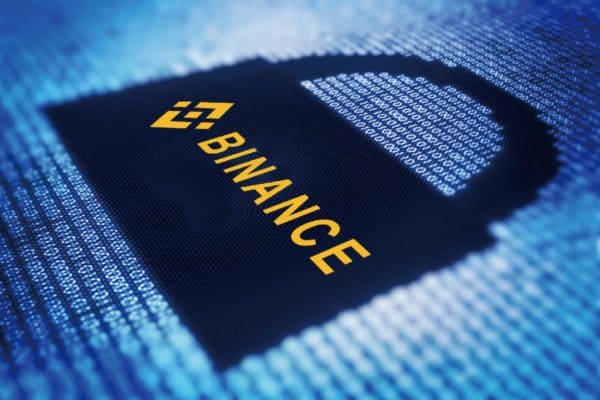 Binance, the world’s largest cryptocurrency exchange, will reportedly launch its stablecoin, Binance USD (BUSD) on Harmony protocol’s blockchain network.
Binance, the world’s largest cryptocurrency exchange, will reportedly launch its stablecoin, Binance USD (BUSD) on Harmony protocol’s blockchain network.
Stephen Tse, founder at Harmony, noted via Twitter that the launch is “just in time for Harmony’s Binance Launchpad anniversary.”
BREAKING: @binance USD (BUSD) will launch on @harmonyprotocol mainnet!
just in time for our #binance launchpad anniversary 🎉@cz_binance keeps urging us for utility & adoption – #BUSD (NYDFS approved, fully audited, $170M cap) on #harmony makes #crossfi cross-border finance 💪 pic.twitter.com/21DBMrEpY5
— stephen tse (@stse) June 1, 2020
Binance Launchpad facilitates various initial exchange offerings (IEOs), which are digital token sales that were introduced after the controversial initial coin offerings (ICOs).
Tse said that Binance CEO Changpeng Zhao (“CZ”) keeps encouraging the crypto community to provide more utility which could lead to greater digital asset and blockchain tech adoption.
Tse confirmed that BUSD is regulated by the New York Department of Financial Services, and has reportedly been fully audited, meaning Binance should have enough assets to back the amount of its stablecoin in circulation.
BUSD has a market cap of around $170 million, which is well below market leader Tether’s (USDT) at $9 billion.
Tse said that the launch of BUSD on Harmony will help improve cross-border finance.
BUSD will also be accessible via the KyberSwap exchange and other decentralized applications (dApps) and platforms that are based on the Kyber Network, a widely-used on-chain liquidity protocol in the decentralized finance (DeFi) space.
The BUSD token listing on KyberSwap will allow users of the exchange to take advantage of the liquidity offered by the stablecoin. BUSD is now accessible to Kyber’s ecosystem of nearly 100 dApps.
Binance has been aggressively expanding its operations into major markets like the US.
Last month, Binance.US, the leading cryptocurrency exchange company’s US-based division, introduced an over-the-counter (OTC) digital asset trading desk, however, it’s only for trades valued at $10,000 or more.
In a recent interview with CI, Binance.US CEO Catherine Coley said:
“All USD deposits made at Binance.US are held in pooled custodial accounts at multiple banks, which are insured by the FDIC. We maintain them in a manner that provides access to pass-through FDIC insurance coverage up to the current depositor coverage limit, which is $250,000. FDIC insurance coverage protects depositors against the risk of loss in the event that an FDIC-insured bank fails.”

